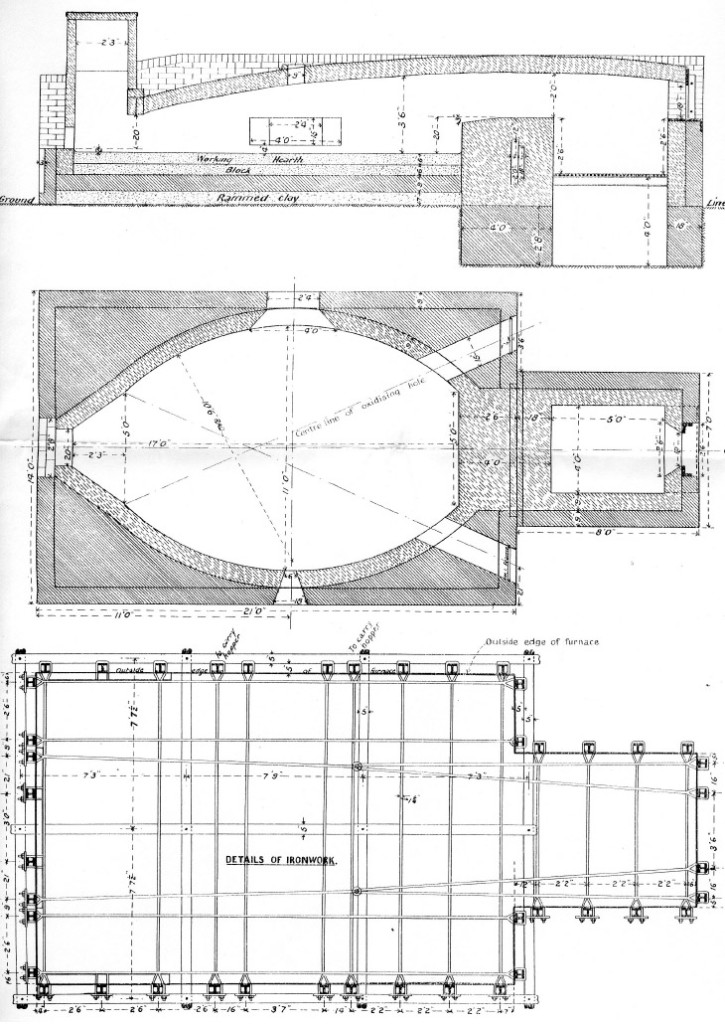Historical Timeline
- 1820s to 1840s
- 1850s
- 1860s
- 1870s to 1890s
- 1900s – 1940s
Cornish mining techniques used at Cadia
The miners generally worked on tribute or on tutwork, both systems well known to any Cornish miner. Tutwork was common where miners were being paid to sink shafts or drive levels. They would be paid for work at agreed rates, depending on linear measure of work done. Where the extraction of copper ore was involved, the miners could bid competitively for contracts for a percentage of the value of the ore raised at a particular location.
The report of the mine in the Sydney Mail of Saturday, 16 September 1865, suggests that the miners and other employees were all being paid wages, rather than either of these traditional Cornish payment methods. Taken at face value, the report provides a succinct statement of the hierarchy of employment at the mine, with the smelters on the top rung. The employment of boys and girls was not uncommon in mines, their labour being very strenuous in many cases.
| Employment | Wage |
|---|---|
| Smelters | 60s-65s per week |
| Engine Drivers and Firemen | 45s – 50s |
| Miners and underground workers | 40s |
| Labourers | 30s – 35s |
| Boys and Girls | 8s – 15s |
It is possible that the mines were worked on tribute at other times. Each shaft and area of the mine was given a name and it has been suggested that this could be evidence for the tribute system of payment, with different groups working at each shaft.
The shafts are named by the Wandering Reporter in the Sydney Mail, but also in Holman’s report of 1868. While some of the shafts and lodes are named after miners, others are named after the investors in the mine and surrounding land, who clearly never actually did any mining.
While the evidence is unproven for the period up to 1870, there are a number of direct references to the tribute system during the following period, either for copper or gold mining.
Disputes between the miners and mine management, resulting in strikes or withdrawal of labour, have not been recorded for Cadia. Nonetheless the original lease of the mine by the company in 1861 stipulated that if the mines had to stop due to a ” Strike of Workmen or such rise of Wages as shall in the opinion of the lessees… render it desirable temporarily to suspend the working of the mines on the said land in order to import labour”, the lessees were to pay a weekly rent of £25.
The available evidence suggests that both John Penrose Christoe and Josiah Holman were motivated by sufficient concern for the miners and their fellow countrymen to treat them fairly, caring for their legitimate needs and helping them with work opportunities when the mine closed.
That Christoe was able to secure the medical services of Dr. Matthew Blood at Cadia is not only an indication of the concerns of mine management, but also that the miners themselves were prepared to subscribe part of the wages, so that all could receive medical treatment when required. Another organisation to protect the interests of the mines was the Loyal Cadia Mines Lodge, a Lodge of the Independent Order of Oddfellows, which met at the Cadia Public School in May 1866.
The work of the miners, using hammer and gad and explosives to blast out the ore is described in detail by the Wandering Reporter in the Sydney Mail of 11 June 1865.
The detailed description of the smelting process in this newspaper report also reveals how the eight to nine stage process of smelting was reduced to six stages at Cadia.
